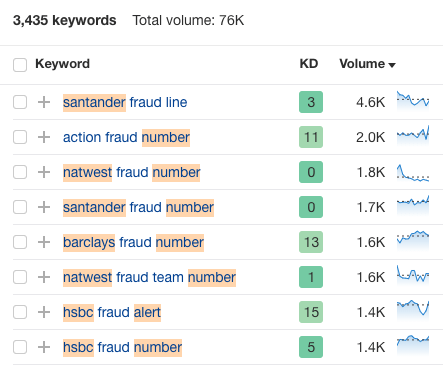In the world of SEO, link building is a crucial strategy for improving your website’s visibility and ranking. However, not all links are created equal, and low-quality links can actually harm your SEO performance. So, how can you avoid falling into this trap and ensure that your link building strategy is effective? One approach is to embrace the power of digital PR, creating compelling content that appeals to journalists and earns you high-quality backlinks from reputable sites and news publications. Another tactic is data journalism, where you analyze unique data sets to create newsworthy content that reporters can’t resist writing about. Additionally, statistics link building and relationship-based link building can help you attract evergreen links and forge long-lasting partnerships with key players in the industry. By incorporating these tactics into your link building strategy, you can steer clear of low-quality links and propel your website to new heights.
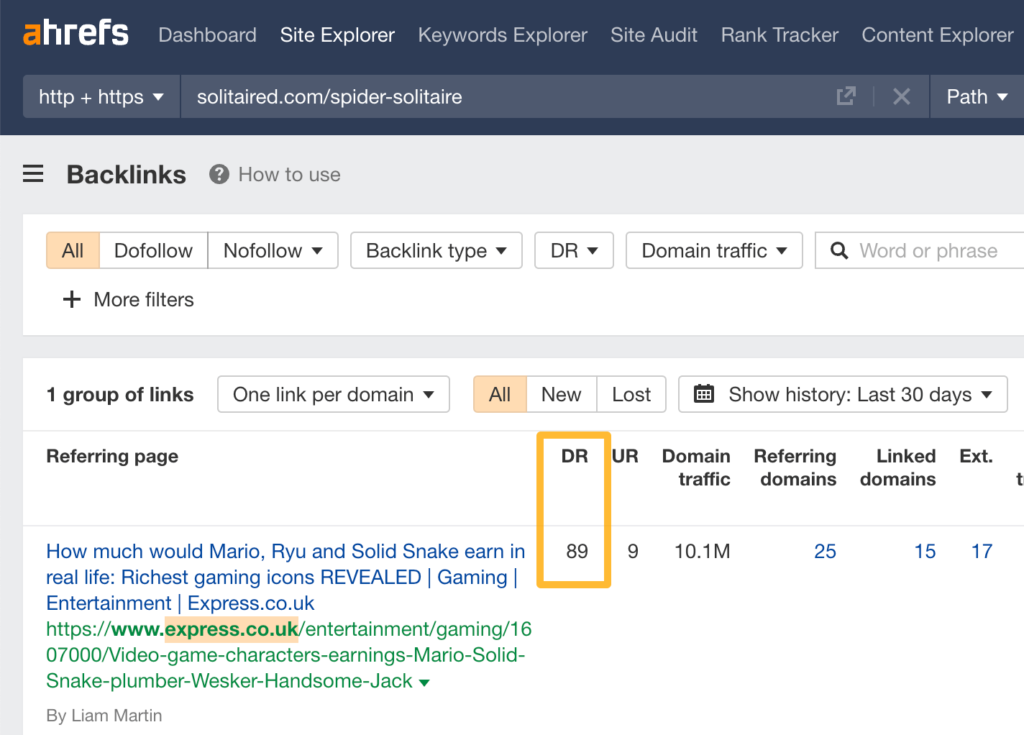
Common Link Building Tactics
Link building is a crucial aspect of search engine optimization (SEO) that involves acquiring hyperlinks from other websites that direct users to your own website. The purpose of link building is to improve your website’s visibility, authority, and ranking in search engine results pages. By having high-quality backlinks, your website is seen as more credible and trustworthy by search engines like Google, resulting in better organic traffic and higher SEO performance.
Digital PR
Digital PR is a widely used link building tactic that involves creating compelling and newsworthy content specifically targeted at journalists and media outlets. The goal is to capture their attention and persuade them to write about your content, therefore generating high-quality backlinks from reputable sources. Creating appealing content for journalists requires a deep understanding of their needs, interests, and preferences. It should be timely, relevant, and address topics that are of interest to their audience.
Once you have created the content, it’s important to promote it to journalists effectively. Building relationships with journalists and media outlets is essential, and it can be done through networking events, social media engagement, and targeted outreach campaigns. By reaching out to journalists and providing them with valuable content, you increase the likelihood of them linking back to your website when they cover your story. These high-quality backlinks from trusted sources can greatly enhance your website’s credibility and SEO performance.
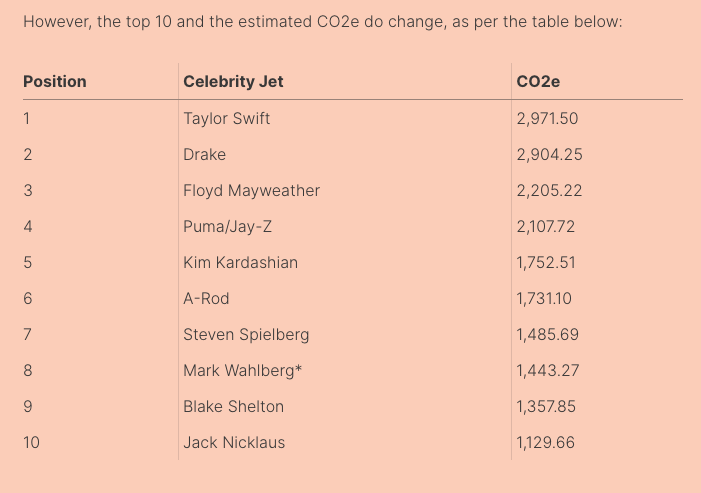
Data Journalism
Data journalism is an effective link building tactic that involves analyzing unique data sets and using them to create newsworthy and informative content. Reporters and journalists are always on the lookout for data-driven stories that provide insights and support their narratives. By conducting thorough data analysis and presenting your findings in a compelling way, you can attract their attention and secure high-quality backlinks.
To begin with, it’s important to identify unique data sets that are relevant to your industry or niche. This could involve collecting data through surveys, conducting research, or analyzing existing datasets. Once you have the data, you can use it to create engaging and informative content that journalists would find valuable. This can include infographics, interactive visualizations, or in-depth reports.
The next step is to strategically promote your data-driven content to reporters and journalists. You can reach out to them through personalized pitches, press releases, or by leveraging your existing media contacts. By providing them with valuable and insightful data, you increase the likelihood of them mentioning and linking back to your website in their coverage. These high-quality backlinks from reputable news sources can significantly boost your website’s authority and SEO performance.
Statistics Link Building
Statistics link building is a tactic that involves curating industry-specific facts and figures and presenting them in a way that attracts attention from journalists and content creators. By compiling relevant statistics, you can provide valuable insights and support to journalists and researchers, increasing the likelihood of them referencing and linking back to your website.
To effectively engage in statistics link building, it’s important to curate accurate and up-to-date industry statistics. This can involve conducting your own research, analyzing existing datasets, or collaborating with industry experts. Once you have compiled a comprehensive list of statistics, you can package and present them in a visually appealing and easily digestible format, such as infographics, charts, or reports.
The key to successful statistics link building is to maintain the relevance of the statistics you provide. Industry trends and statistics can change over time, so it’s important to regularly update and refresh your data. By keeping your statistics current and relevant, you increase the chances of journalists and content creators referencing and linking back to your website. These high-quality backlinks from trusted sources can significantly improve your website’s authority and SEO performance.
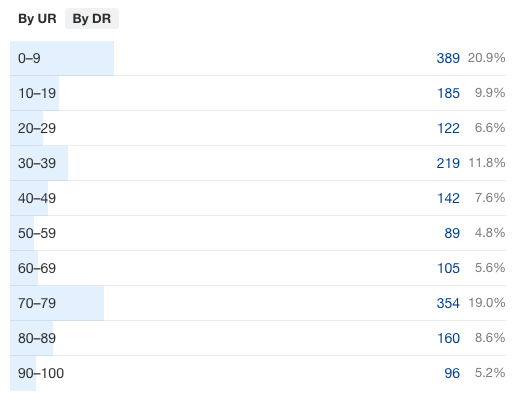
Relationship-based Link Building
Relationship-based link building is a long-term strategy that focuses on building and nurturing relationships with journalists, writers, and editors. By establishing strong connections within the industry, you increase the likelihood of collaborating on content and securing high-quality backlinks.
Building long-term relationships with journalists, writers, and editors requires consistent effort and genuine engagement. It involves networking at industry events, reaching out through social media, and providing value through useful and relevant content. By being a reliable source of information, sharing industry insights, and offering unique perspectives, you can position yourself as a trusted and valuable resource.
Collaborations with journalists, writers, and editors can take various forms, such as guest blogging, co-authoring articles, or providing expert commentary. These collaborations often result in high-quality backlinks from authoritative publications or websites. By leveraging these relationships and securing backlinks, you enhance your website’s visibility, credibility, and SEO performance.
Identifying Low-Quality Links
While link building is crucial for SEO, it’s important to differentiate between high-quality links and low-quality links. Low-quality links have little to no value and can even have a negative impact on your website’s SEO performance. Therefore, it’s important to identify and eliminate low-quality links from your link profile.
There are several characteristics of low-quality links to look out for. These include links from irrelevant or unrelated websites, links from spammy or low-authority websites, and links from websites with excessive advertising or questionable content. These types of links can be detrimental to your website’s reputation and may result in penalties from search engines.
Fortunately, there are tools available that can help identify and analyze your link profile. Tools like Google Search Console, Ahrefs, and Moz’s Link Explorer provide valuable insights into your backlinks, including the quality and relevance of each link. By regularly monitoring and evaluating your link profile, you can identify low-quality links and take appropriate actions to disavow or remove them.
When evaluating links, there are certain metrics to consider. Domain authority and page authority are indicators of a website’s overall credibility and influence. Relevance of the linking page to your content is important as well, as links from relevant sources provide more value. Anchor text diversity, which refers to the variety of anchor texts used in the links, is another metric to consider. Lastly, link placement and context play a role in determining the quality of a link. Links within the main content of a page are generally seen as more valuable than those in the footer or sidebar.
By carefully assessing the quality of your links and taking actions to remove low-quality links, you can improve your website’s link profile and enhance its SEO performance.

Researching Potential Link Sources
Researching potential link sources is a crucial step in effective link building. It involves identifying authoritative websites within your industry or niche that can provide high-quality backlinks. By obtaining links from reputable and relevant sources, you can improve your website’s credibility and visibility in search engine rankings.
To effectively research potential link sources, start by identifying authoritative websites that are well-respected within your industry. These could include industry publications, government websites, educational institutions, or influential blogs. Look for websites that have a strong online presence, a good reputation, and a substantial following.
In addition to authority, it’s important to consider the relevance of the website to your industry. The content and topics covered by the website should align with your own website’s niche or focus. This ensures that the backlinks you acquire are not only high-quality but also relevant to your target audience.
Another aspect to evaluate when researching potential link sources is the backlink profile of the website. Analyzing the website’s existing backlinks can provide insights into its credibility and influence. Look for websites that have a diverse and natural-looking backlink profile, with links from a variety of trusted sources.
By conducting thorough research and identifying authoritative and relevant websites, you can target your link building efforts more effectively and acquire high-quality backlinks that will benefit your website’s SEO performance.
Assessing Link Quality
Assessing the quality of a link is essential to ensure that it contributes positively to your website’s SEO performance. By evaluating specific aspects of a link, you can determine its value and relevance to your content.
One metric to consider when assessing link quality is domain authority and page authority. These metrics, often provided by SEO tools, indicate the overall influence and credibility of a website. Links from websites with high domain authority and page authority are generally more valuable than those from low-authority websites.
Relevance of the linking page to your content is another important factor. Links from pages that are closely related to your website’s topic or industry provide more value. These links indicate to search engines that your content is relevant and trustworthy.
Anchor text diversity is another aspect to evaluate. Anchor text refers to the clickable text that is used to link to your website. Natural-looking and diverse anchor text signals to search engines that your website is being linked to organically and not through spammy or manipulative techniques.
Lastly, consider the link placement and context. Links that are placed within the main body of a page, surrounded by relevant content, are generally more valuable than those in the footer or sidebar. The context in which the link appears can also influence its value. Links that are accompanied by descriptive and relevant text provide more context and relevance to search engines.
By carefully assessing these aspects of a link, you can determine its quality and impact on your website’s SEO performance.
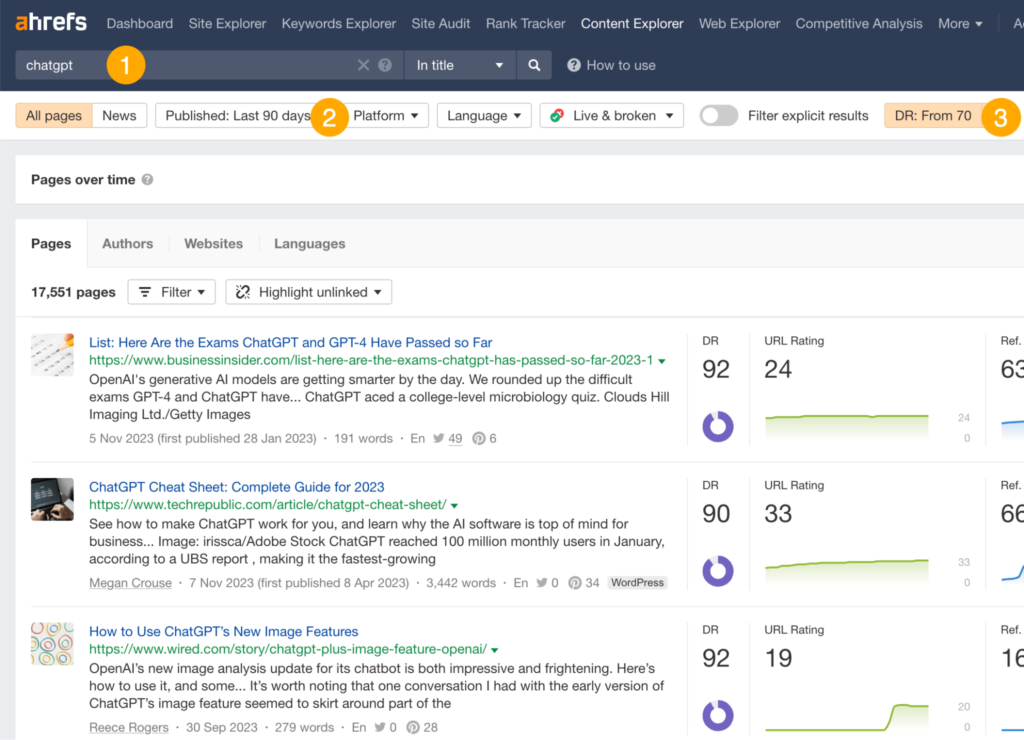
Avoiding Link Building Pitfalls
In the pursuit of link building, it’s important to avoid certain pitfalls that can negatively impact your website’s SEO performance. These pitfalls include engaging in activities that are considered spammy or manipulative by search engines.
One common pitfall to avoid is the use of link farms and paid links. Link farms are networks of websites that exist solely for the purpose of creating links to other websites. These links are often low-quality and can result in penalties from search engines. Similarly, paid links, where websites charge a fee in exchange for a backlink, are against the guidelines of most search engines and can result in penalties as well.
Excessive reciprocal linking, where websites exchange links with each other, should also be avoided. While some level of reciprocal linking is natural and acceptable, excessive reciprocal linking can raise red flags with search engines. Focus on building organic and natural links instead.
Diversifying your anchor text is another pitfall to avoid. Using the same anchor text repeatedly can appear unnatural and manipulative to search engines. Instead, aim for a diverse range of anchor texts that accurately describe the content being linked to.
Lastly, avoid relying solely on directory submissions for link building. While some directories can provide value, many directories are low-quality and provide little to no SEO benefit. Focus on acquiring links from authoritative and relevant sources instead.
By avoiding these link building pitfalls, you can create a healthy and sustainable link profile that contributes positively to your website’s SEO performance.
Tracking and Monitoring Backlinks
Tracking and monitoring your backlinks is an important aspect of link building. It involves using backlink analysis tools to gain insights into your link profile, monitor the growth of your backlink profile over time, and identify and disavow any toxic or low-quality links.
Backlink analysis tools like Ahrefs, Moz’s Link Explorer, and SEMrush provide valuable data on your backlinks, including the total number of backlinks, the quality of each backlink, and the referring domains. These tools can help you understand the overall health of your link profile and identify any areas of improvement.
Monitoring the growth of your backlink profile allows you to track the success of your link building efforts. By regularly reviewing your backlinks and analyzing the growth trends, you can gain insights into which strategies are working and make data-driven decisions for future link building campaigns.
In addition to tracking the growth of your backlink profile, it’s important to identify and disavow any toxic or low-quality links that may be detrimental to your website’s SEO performance. Toxic links are those that come from spammy or low-quality websites and can have a negative impact on your website’s reputation. By disavowing these links using the Google Disavow tool, you signal to search engines that you do not want them to consider these links when evaluating your website.
Periodically reassessing the quality of your links is also important. As websites change over time, their relevance and authority may shift. By regularly evaluating the quality and relevance of your links, you can ensure that your link profile remains strong and contributes positively to your website’s SEO performance.
In conclusion, link building is a crucial aspect of SEO that can greatly contribute to your website’s visibility, authority, and ranking in search engine results pages. Through various tactics such as digital PR, data journalism, statistics link building, and relationship-based link building, you can acquire high-quality backlinks that enhance your website’s credibility and SEO performance. However, it’s important to steer clear of low-quality links, regularly assess link quality, avoid link building pitfalls, and track and monitor your backlinks to ensure a healthy and effective link profile.
